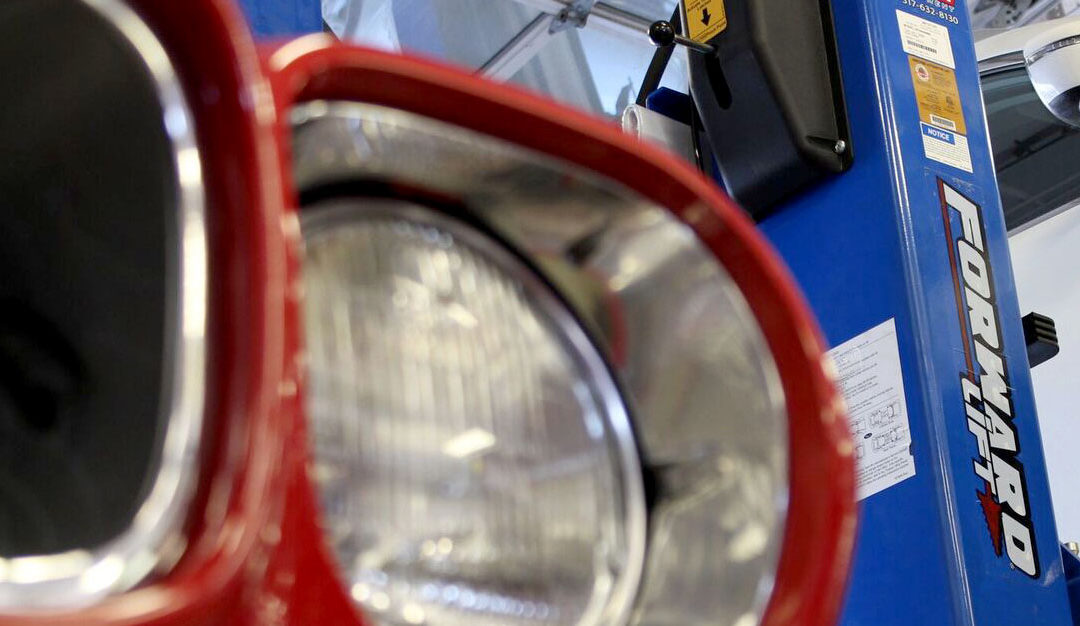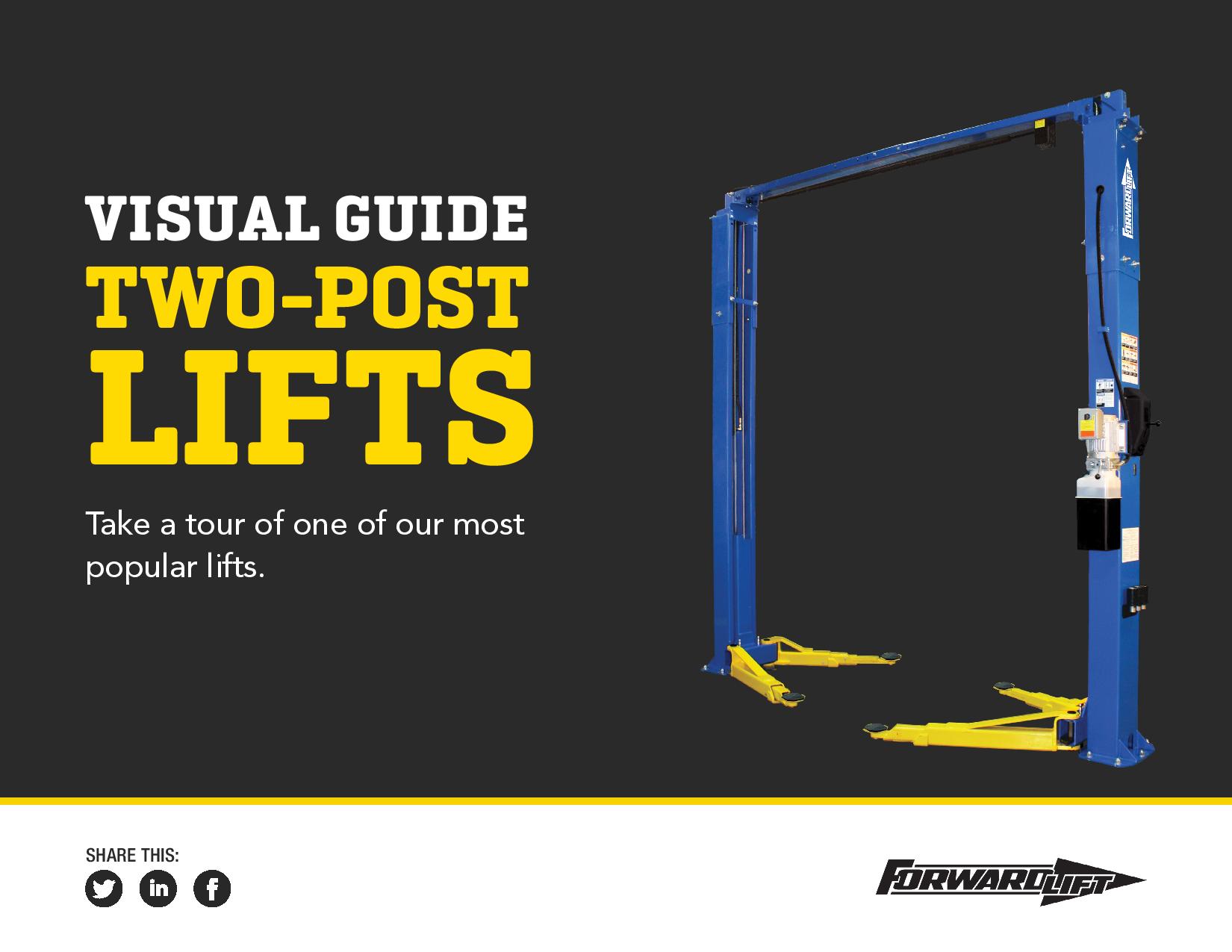Sometimes, you need to get a vehicle way off the ground so it’s easier for techs to maneuver under it. But there are times when you don’t need much lift out of your lift. Just getting the wheels off the ground will do—especially when it comes to work like brakes, tires and body panels. For those times, there are low-rise lifts.
A low-rise lift will get a vehicle much higher than if you were just using jacks. With the vehicle two to four feet off the ground, everything becomes easier for your techs. And because there are fewer mechanical parts and they don’t require as much raw material as a larger lift, they’re a lot less expensive.
If this sounds good so far, follow along and we’ll answer some questions you may have about our low-rise offerings.
How much can a low-rise lift handle?
We have two versions. The 7,000TL has a 7,000-pound capacity. As you might guess by the name, the 10,000TL can get as much as 10,000 pounds into the air.
When it comes to service, what types can I perform on a low-rise lift?
A low-rise lift lets you perform tire and brake work on a wide variety of vehicles. The pads and adapters that come with our lifts help that. So does the wider drive-over capacity.
When compared to other lifts, what’s the main benefit of a low-rise lift?
Low-rise lifts will maximize your shop space like no other option. Obviously, they’re great if you have a smaller floor plan. But even if you have a bigger shop, using low-rise lifts could let you install more bays than if you were using two posts or four posts. And that means more revenue rolling into your shop.
Is it possible to install a low-rise lift outside?
Yes, as long as you cover the power unit. Once that’s covered (literally), you’re ready to work. If you’re going to install a low-rise lift in the open, we highly recommend using a trusted electrician so that you meet all of the electrical codes for your area. They’ll know whether you need Ground Fault Interrupter (GFI) circuit breakers and whether code requires watertight conduit and fittings. Once it’s installed, it will take a little more maintenance than an indoor lift, too. Talk to your Forward Lift dealer about the specifics before you decide on an outdoor installation.
What are the electrical requirements?
Our low-rise lifts only need a single-phase 115-volt connection, which your shop probably has. Typically, our low-rise lifts don’t require shops to upgrade their electrical service.


